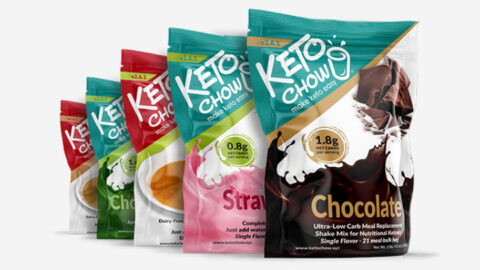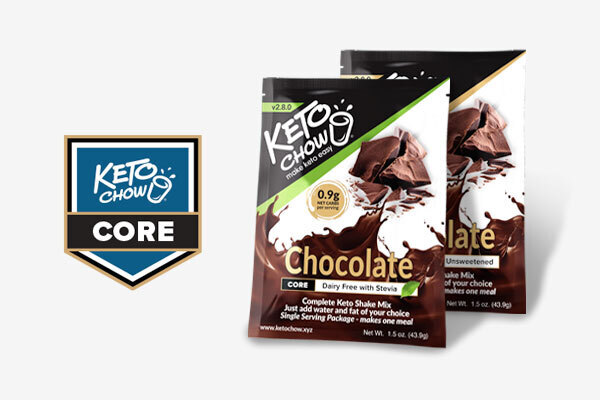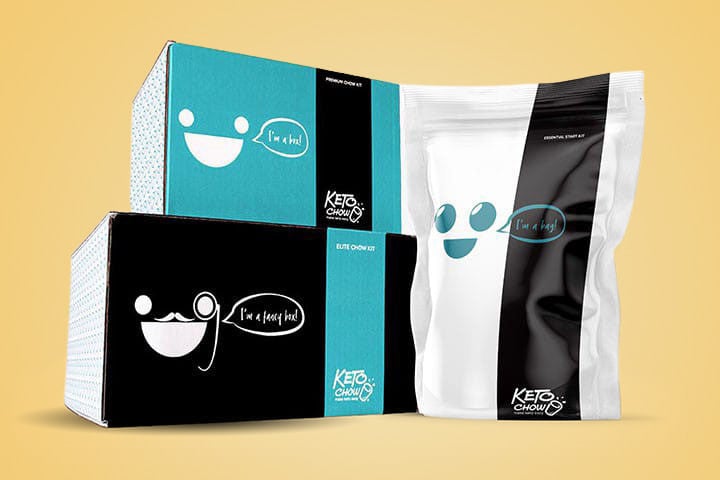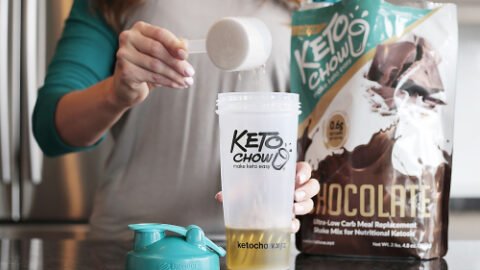It might seem like keto came onto the scene from out of nowhere in the last few years, as if it materialized out of thin air. But keto has an interesting history and it’s important to know about it if you want to feel confident that eating this way is safe and effective when naysayers in your life try to convince you that it’s a dangerous fad.
If keto is a fad, it’s one that’s been around for over two hundred years. So let’s take a look at the origin of ketogenic diets and how they’ve garnered so much interest in recent years.
Fasting to help with seizures

It was known since at least 500 BC that fasting made seizures much less frequent and severe, and in many cases prevented them altogether. As effective as fasting is, however, at some point, people need to eat, so the first dietary therapy for epilepsy was formulated deliberately to induce the beneficial effects of fasting while still allowing people to get adequate nourishment.
(The original ketogenic diet for childhood epilepsy called for a daily allotment of 1 gram of protein per kilogram of body weight, 10-15 grams of carbohydrate, and the remainder of calories coming from fat.)
John Rollo

The use of low-carb diets for diabetes goes back to the 1790s. That’s when Scottish physician John Rollo prescribed a diet of mostly meat and fat, having observed that foods containing carbohydrates were associated with glucose in the urine.
Dr. Rollo is believed to be the first medical professional to recommend a low-carb diet to treat diabetes.
J.A. Brillat-Savarin

In 1825, culinary and gastronomic legend J.A. Brillat-Savarin published a now world-famous book, The Physiology of Taste.
Although not a medical professional, Brillat-Savarin (for whom there’s a cheese named) had determined through simple observation that many cases of overweight and obesity resulted from overdoing sweet and starchy foods:
“Of all medical prescriptions, diet is the most important. […]
“Now, an anti-fat diet is based on the commonest and most active cause of obesity, since, as it has already been clearly shown, it is only because of grains and starches that fatty congestion can occur, as much in man as in the animals; in regard to these latter, this effect is demonstrated every day under our very eyes, and plays a large part in the commerce of fattened beasts for our markets.
“It can be deduced, as an exact consequence, that a more or less rigid abstinence from everything that is starchy or floury will lead to the lessening of weight.” (Brillat Savarin, p.254)
Who invented keto?

The term “ketogenic diet” was coined by Dr. Russell Wilder at the Mayo Clinic in the 1920s. This very low carbohydrate, moderate protein, higher fat way of eating was specifically designed to mimic the effects of fasting in children with epilepsy.
The phrase “ketogenic diet” may not have been used until the 1920s but it was known long before then that cutting back on dietary carbohydrate was effective for weight loss and improving a host of health issues, particularly diabetes.
A medical textbook from 1877 stated, “There are few diseases which present to the practitioner so clear an indication of what is to be done … a Diabetic should exclude all saccharine [sugary] and farinaceous [starchy] materials from his diet.”
Fell out of favor

The ketogenic diet fell out of favor after the development of antiepileptic drugs starting in the late 1930s:
“Pediatric neurologists were led to believe that rationally designed antiepileptic drugs were the hope for the future. Fewer children were placed on the KD, resulting in fewer dietitians trained in the use of the diet. A shortage of properly trained dietitians meant that the KD was often implemented without correct calculation, leading to the perception that the diet was ineffective.”
A few brave doctors and dietitians carried the torch and kept keto alive through the years, though, because not everyone with epilepsy responded well to the drugs. Keto diets are still used in epilepsy treatment for this reason.
Dr. Robert Atkins

The use of low-carb or keto diets in more modern times is often attributed to Dr. Robert Atkins, whose “Atkins diet” was first published in his book, Dr. Atkins’ Diet Revolution, in 1972.
However, Dr. Atkins learned about the benefits of carbohydrate restriction for weight loss from physicians who had prescribed this approach for patients decades before. In fact, in 1957 an article appeared in no less than the Journal of the American Medical Association, in which the author—a medical doctor—explained the rationale for using what today we would call a carnivore diet:
“The simplest to prepare and most easily obtainable high-protein, high-fat, low-carbohydrate diet, and the one that will produce the most rapid loss of weight without hunger, weakness, lethargy, or constipation, is made up of meat, fat, and water.”
Not the inventor of keto

So, Dr. Atkins brought low-carb keto diets to the masses, but he didn’t invent them. One of Dr. Atkins’ contemporaries, British physician Dr. John Yudkin, also published in medical journals regarding the impressive efficacy of using low-carb diets for weight loss.
Neither of these men called their approach a “ketogenic diet,” but owing to the very low carbohydrate intake and emphasis on adequate protein and fat, they fit the description of what most people think of as “keto” today.
(Dr. Atkins recommended measuring urine ketones not because of any requirement to aim for a particular ketone level, but rather, to confirm that carbohydrate intake was low enough to ensure that the body was burning fat.)
Modern keto beyond weight loss

Keto has come a long way in two centuries! No longer is it relegated to the fringe or considered an unsustainable “fad.”
Entire textbooks now exist dedicated solely to ketogenic diets for obesity, diabetes, neurological and neurodegenerative conditions, rare genetic disorders, and more. Between 1970 and 2000, PubMed (the US government’s medical publishing database) listed only two to eight publications a year on the KD.
Here in 2022, that number more closely describes how many are published every week.
Even more impressive is the number of applications for which keto diets have been proven effective in recent years. Keto is still used for seizure disorders, weight loss, and diabetes (type 2 and type 1), but the list now also includes PCOS, migraine, GERD, metabolic syndrome, non-alcoholic fatty liver disease, irritable bowel syndrome (IBS-D), and more.
Research is expanding into the use of keto for Alzheimer’s and Parkinson’s diseases, glycogen storage diseases, and other exciting new frontiers.
Summing up

The shorthand “keto” is loosely defined. 20 people might describe it in 20 different ways. A strict, medically therapeutic ketogenic diet is different from a more flexible low-carb diet someone might use for weight loss and overall wellbeing.
Not everyone requires strict ketosis to reap the benefits of carbohydrate restriction, but some do, and they won’t experience the full effects unless they keep their carb intake ultra-low at all times.
However you define it, though, the important thing to know is that cutting carbs for weight loss or health reasons is not new. Not only has it been around for centuries, but it continues to grow and gain even more traction as time passes.
That hardly fits the description of a “fad,” so if you love your low-carb keto way of eating, rest assured that it’s safe and it’s not going to disappear anytime soon.
Celebrate the history of keto

If you’re looking to celebrate the history of keto, check out a meal replacement shake that’s perfectly designed for keto: Keto Chow. Keto Chow has 1/3 of your daily recommended nutrients, so you can easily meal prep for your keto journey without worrying about macros. Choose from over 30 flavors!
To make Keto Chow, add your choice of fat, a serving of Keto Chow and two cups of water into a BlenderBottle®. Then shake, refrigerate and enjoy!
We also have a dairy-free protein that can be made into a shake, scrambled egg whites and more: Dried Egg Whites.
Don’t wait for National Keto Day (January 5) to celebrate or bring awareness to the history of keto!

























